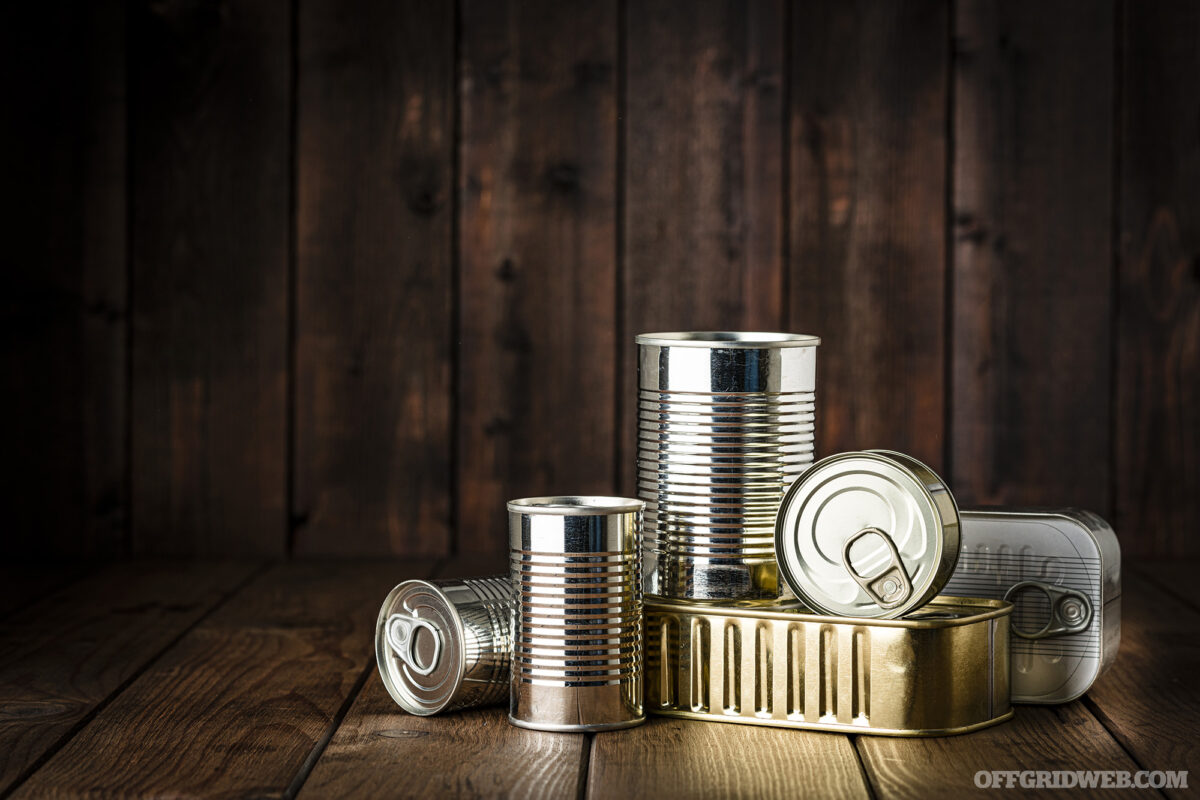You’ve spent the last few years stacking emergency transitional food in the pantry, in the closet of the guest bedroom, and in the garage. You bought a grain mill and have stuffed pound after pound of rice, beans, pasta, and wheat berries into mylar. You’ve couponed until you’re blue in the face, joined a wholesale club, taken advantage of every sale on oatmeal and canned tuna. Even with all you’ve managed to put away, you realize in the back of your mind that, for the long-term, it will become necessary to shift from food storage to food production, so you’ve planted fruit trees in your landscape beds and stashed an impressive mix of vegetable seeds in the freezer.
But what if the transition isn’t as cut and dry? Environmental conditions, social unrest, illness within your family, or a steeper-than-anticipated learning curve could delay the ability to move into full-scale agricultural production. All of a sudden, then, your one-year food supply will have to stretch to 14 months or longer. Perhaps you discover too late that your stockpiled provisions, while loading you up with the necessary calories, lack one easy-to-overlook micronutrient.

Above: Food storage will get you through the initial stages of an emergency, but in the long run, it is not enough.
Food security during a major event should not only focus on stored food and Little House on the Prairie-esque self-sufficiency, but also on “transitional food production” — systems that can generate some nutrition even during a bugout or shelter-in-place scenario. Wise preppers should consider how they can implement smaller-scale food production that will help stretch their flour and freeze-dried meals, while giving them a wide range of nutrients. In the event of a delayed growing season, a crop failure, or a need to lay low a little longer, mushrooms, eggs, and sprouts are examples of sustainable foods that can help fill the gaps between what’s in the cupboards and what will eventually spring up in the garden. Furthermore, many families are accustomed to a good bit of variety in their diets, and these items can make the 99th serving of rice and beans a little more tolerable.
Transitional Food Systems Should Meet Three Criteria
1) They should be portable enough to be transported to a bugout location and back or moved into a sheltered space with relative ease.
2) They should provide significant nutrition for their bulk and weight.
3) The knowledge, skills, and equipment required to produce these foods should be easily attainable for the majority of folks.
Mushrooms To-Go
Mushrooms are the only non-animal food source of Vitamin D. They have more protein than most vegetables, they provide significant levels of riboflavin and niacin, and they’re relatively easy to grow — or at least some species are. While growing morels isn’t impossible, it’s not as reliable an undertaking as producing shiitakes or oysters.
 Posted on Categories Chickens
Posted on Categories Chickens
